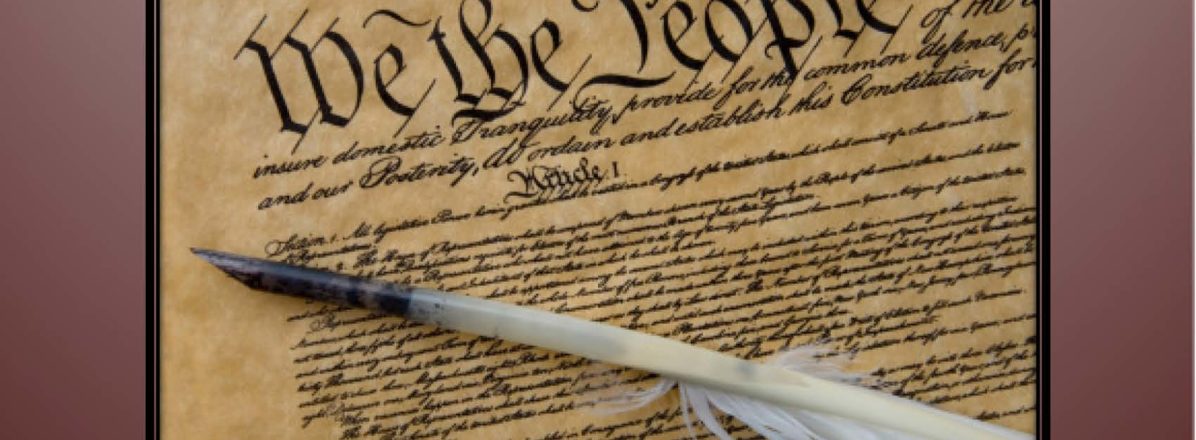A nation must think before it acts.
In the Beginning: The Indispensable Man
Four months and two days after his inauguration, President George Washington and his Secretary of War Henry Knox tried to perform a Constitutional duty by seeking the advice and consent of the Senate regarding a treaty with the Creek Indian nation. Accordingly, on Saturday August 22, 1789, they dropped by the Senate chambers at Federal Hall, 26 Wall Street, New York. Knox handed a list of seven questions to Washington who passed them to the president of the Senate, John Adams, whose effort to read them was drowned out by street noise. Raising his voice, Adams repeated the first query and asked for a simple “yes” or “no” answer. A nervous silence followed until Pennsylvania’s Senator William Maclay insisted on having all the documents concerning the treaty read and a motion was made to refer the whole matter to a committee. Washington “started up in a violent fret,” barked, “This defeats every purpose of my coming here,” then muttered on his way out the door that he would be damned if he ever went there again! In fact, he returned on Monday to get his answers, but henceforth no president has sought the advice of the Senate as a body in advance of negotiating a treaty, much less begged its counsel in person.[1]
Thus began the contentious courtship between the executive and the legislature over the making of U.S. foreign relations: a sort of perennial pas de deux in which the parties are not sure whether to dance or wrestle over their respective powers—either delegated or implied—by the Constitution. The dean of legal scholars in the field, Columbia University Professor Louis Henkin, called it “the tension in the twilight zone” resulting from a design for government that was “a mosaic of everyone’s second choices” and established “a strange system, the strangest in the world.” Yet, for all that, it has been made to work most of the time under radically different and rapidly changing historical circumstances, precisely because of the vagaries, ambiguities, and yawning silences of our amazingly terse Constitution.[2]
[1]. The primary source for this delightful anecdote is Kenneth R. Bowling and Helen E. Veit, eds., The Diary of William Maclay and Other Notes on Senate Debates (Baltimore, MD: Johns Hopkins University Press, 1988), pp. 128-32; see also Stanley Elkins and Eric McKitrick, The Age of Federalism (Oxford University Press, 1993), pp. 55-58, and Forrest McDonald, The American Presidency: An Intellectual History (University Press of Kansas, 1994), pp. 221-23.
[2]. Louis Henkin, Constitutionalism, Democracy, and Foreign Affairs (Columbia University Press, 1990), pp. 17-43 (quotes, pp. 43).





